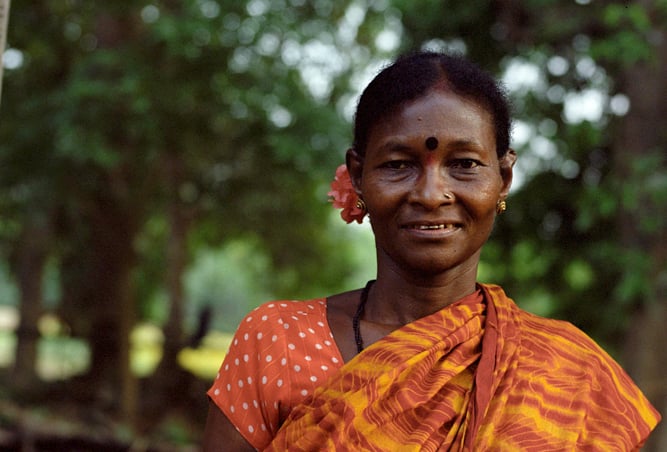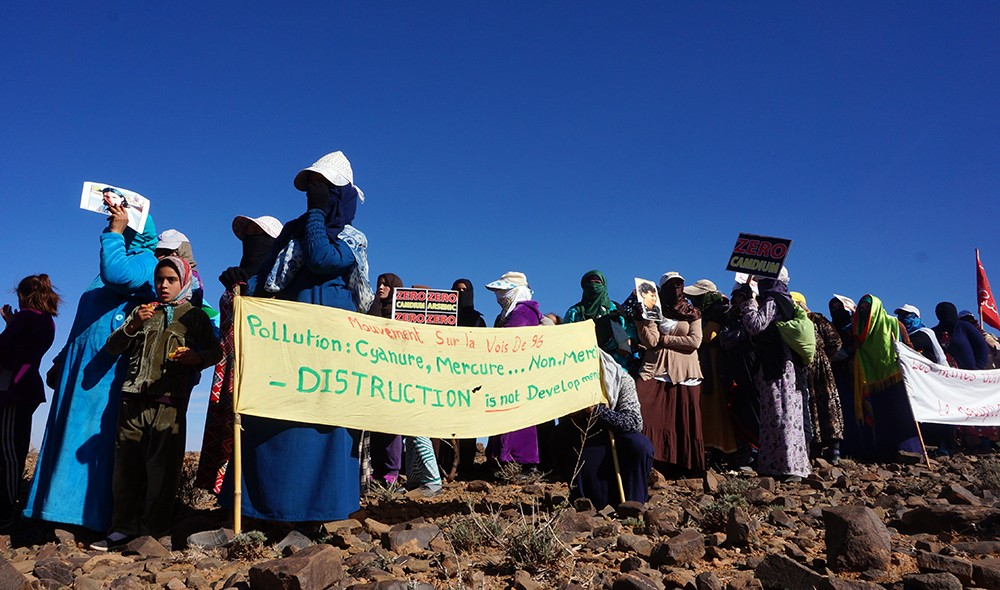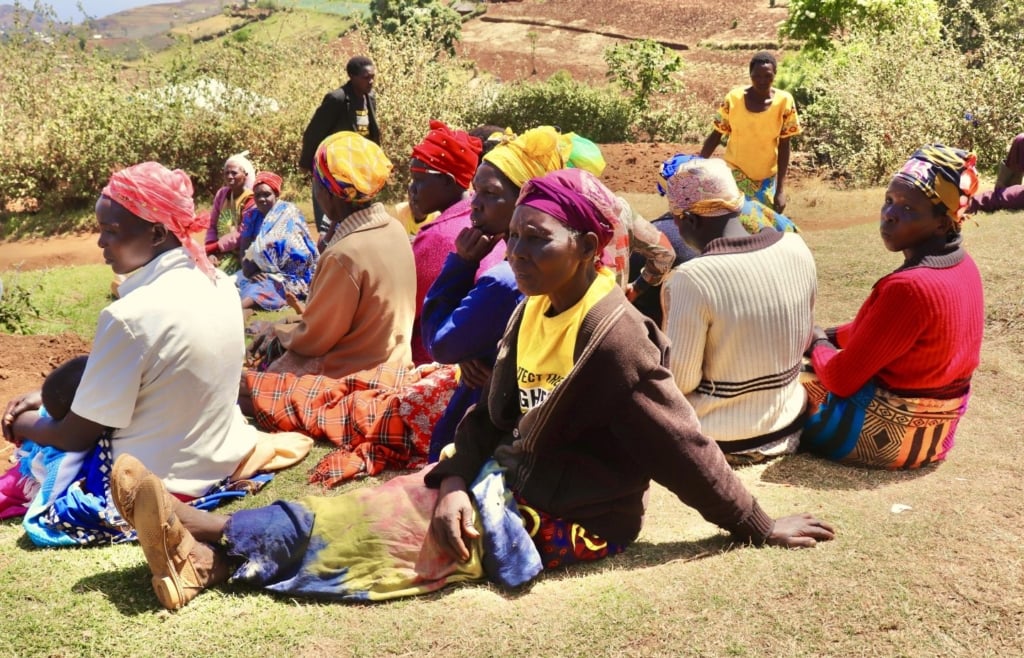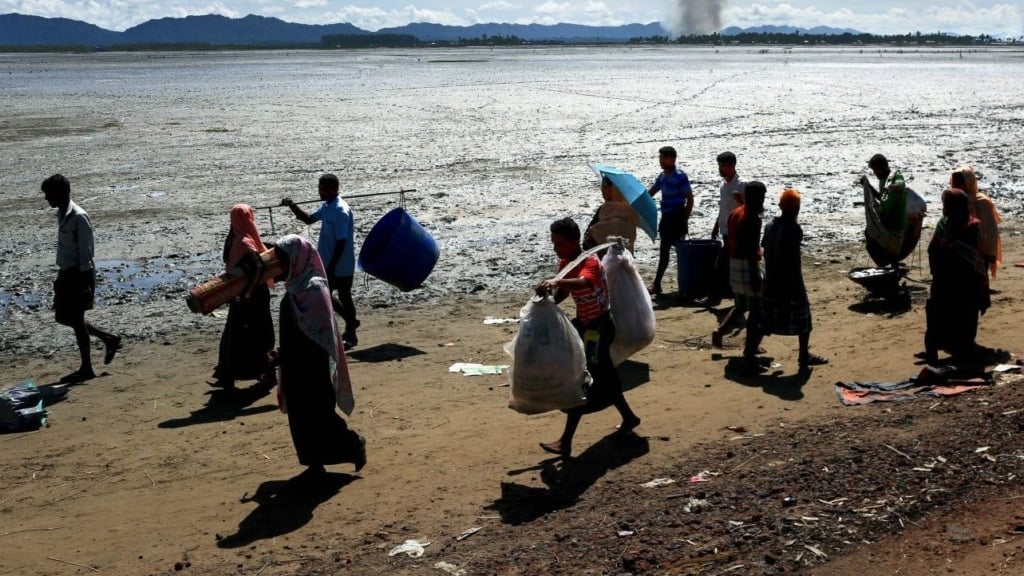Environment
The Kingdom of Morocco is located in northwest Africa. Bounded by water on two sides, it fronts the Atlantic Ocean, the Mediterranean Sea, Algeria and Morrocan-occupied Western Sahara. Western Sahara is rich in phosphates and fisheries, and is suspected to have large offshore oil reserves.
History
Morocco became Muslim in the seventh century, as the Arab conquests pushed the indigenous Berbers into the mountains. Between the eleventh and thirteenth centuries, a Moroccan dynasty ruled north-west Africa and Spain. It never came under the Ottoman Empire and was a French and Spanish protectorate between 1912 and 1956. The country regained independence on 2 March 1956 and restored a traditional monarchy the following year, when Sultan Mohammed became king. Upon his death in 1961, his son took power as King Hassan II.
Governance
King Hassan ruled from 1961 to 1999, leading a repressive regime for most of that period before opening the door to some reforms in the late 1990s. In the early 1970s, following two assassination attempts, he crushed efforts involving elements of the military to establish a republic. Opponents of the monarchy faced arbitrary detention, torture, and ‘disappearance’.
King Hassan ordered a civilian occupation of the Spanish Sahara in 1975, followed by a military occupation as Spain withdrew at the end of the year. From 1976, the Moroccan military engaged in war with the Polisario Front, the resistance force of the indigenous Saharawis. The war had ramifications beyond the border of Western Sahara. It strained relations with Algeria while compounding Morocco’s economic difficulties and so undermining the stability of King Hassan II’s pro-Western monarchy. The active conflict ended in 1991, with the introduction of UN peacekeepers and the expectation that there would be a referendum on self-determination. That has not happened, and amid the diplomatic impasse, around 160,000 Saharawis remain encamped in southern Algeria.
When King Mohammed VI succeeded his father upon his death in 1999, he accelerated economic and political reform that had slowly begun towards the end of his father’s reign, which included establishment of a bicameral parliament in 1997. In 2003 Mohammed VI established the Equity and Reconciliation Commission (IER) to investigate nearly 10,000 human rights abuses committed by his father’s regime, including disappearances, and to compensate the victims. Economic liberalization has increased foreign investment, but the benefits have yet to be experienced by most impoverished Moroccans. 2002 parliamentary elections were the freest in Moroccan history, and led to greater representation by women and gains by Islamists. In 2003 the government began introducing instruction in the Berber (Tamazight) language to first-year pupils in 317 primary schools, and announced that Berber classes would be taught at all level in all schools within ten years.
Despite their growing platform in parliament, some of the government’s reforms have created tension with Islamists, who during the rule of King Hassan II had gained broader support in correlation to chronic Moroccan poverty and had suffered severe state repression. In 2004 the government liberalized laws regarding the rights of women, including a rise in the minimum age for marriage to 18, and enhanced women’s rights in case of divorce. The continuation of Morocco’s pro-western foreign policy has also angered Islamists, particularly in the wake of the US-led invasion of Iraq in March 2003. Suicide bomb attacks in Casablanca in May 2003 killed 41 and injured many more. The terrorist attack sparked a government crackdown and the arrests of thousands.
Morocco’s press is relatively free, but journalists who criticize the monarchy, raise official corruption issues, and are critical toward policy on Western Sahara still face government harassment, censorship and arbitrary detention. Although elections to parliament in 2002 were relatively free, Morocco cannot be said to be a democracy, as the king retains all final political authority.
The IER released its summary findings on rights abuses under King Hassan in December 2005. The truth commission determined that between independence in 1956 and 1999, the state had killed 592 individuals, either by shooting or through treatment in arbitrary detention. It concluded that 9,280 victims of abuse should receive compensation. The Moroccan Association for Human Rights criticized the IER for under-reporting the extent of the killings and abuse, and for failing to release the names of perpetrators, some of whom it claimed still served in government positions. Internationally, the report of the IER was criticised for failing to propose meaningful political reforms related to the powerful grip of the monarchy.
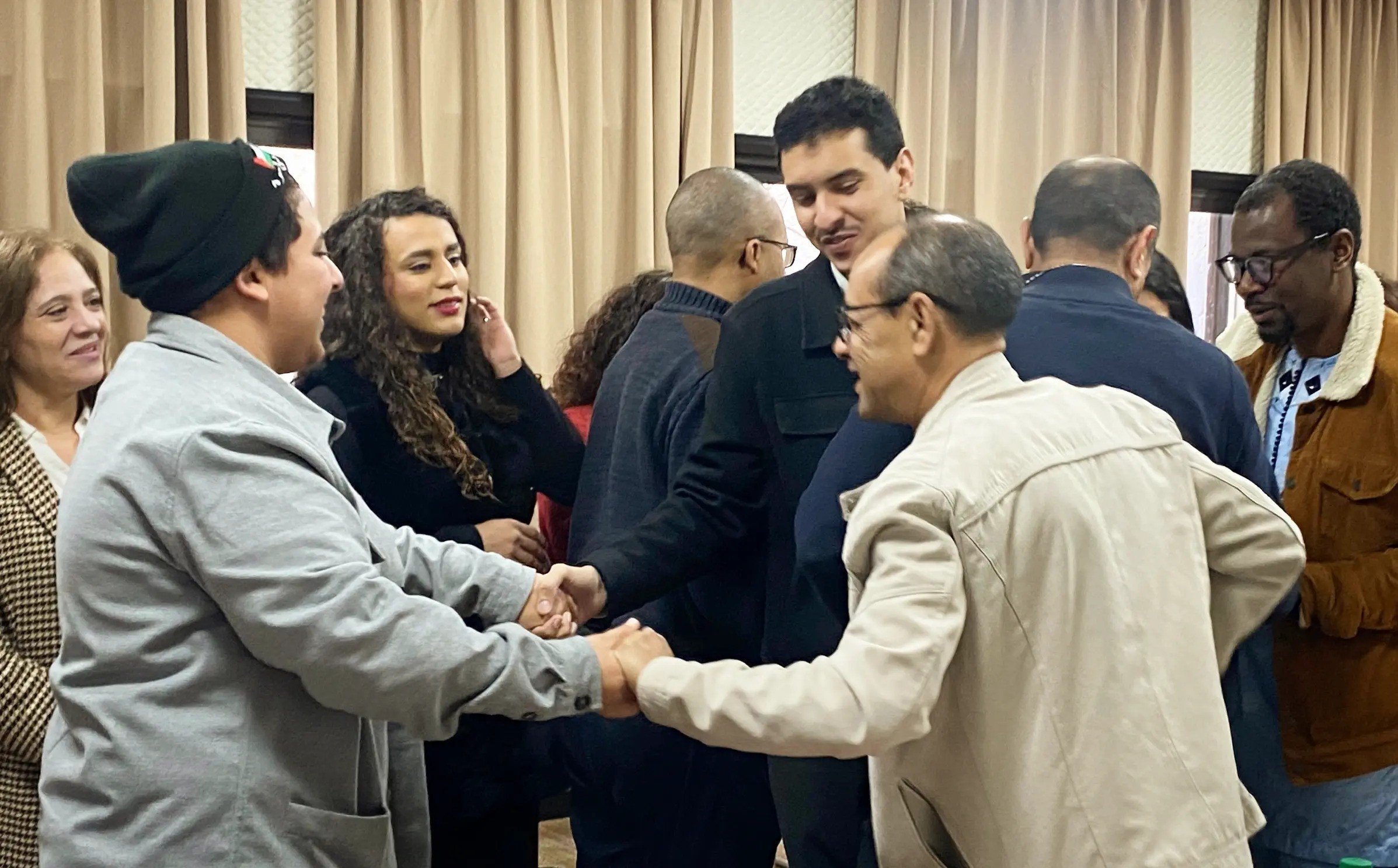

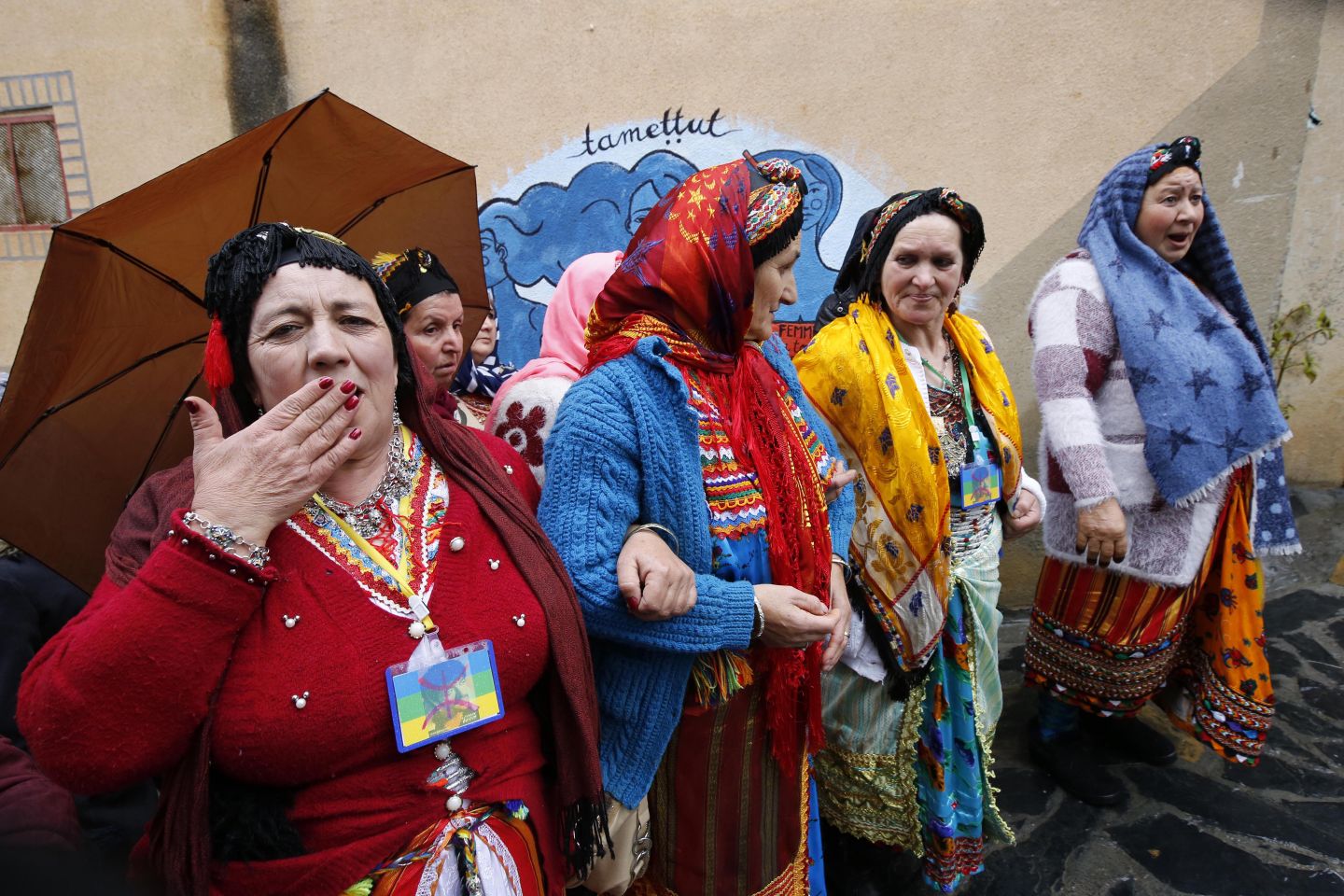 Video on demand
Video on demand 
